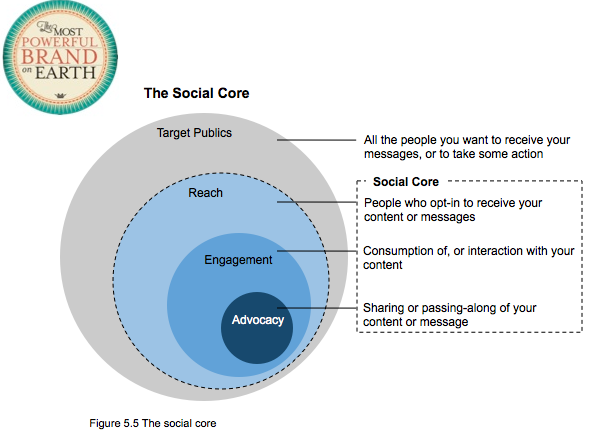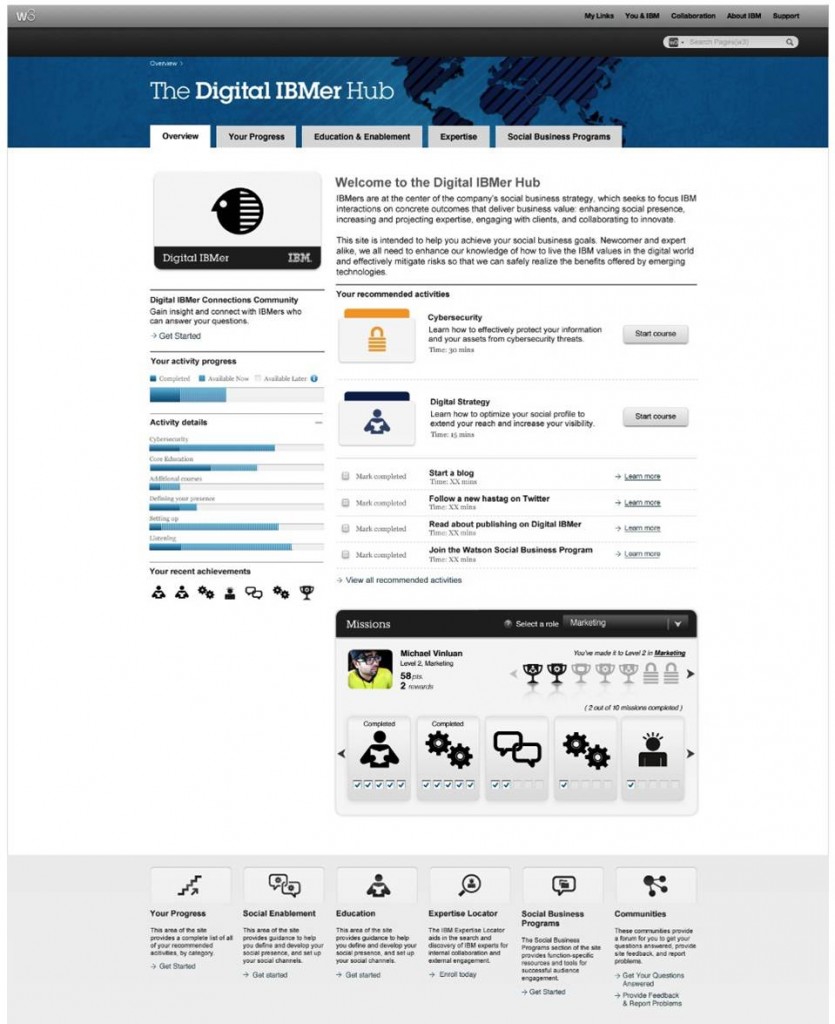What’s the most common Employee Advocacy mistake brands make? Many brands have given their employees permission to use social media, published a social media policy, and offered training on the use of social venues. But that level of support leaves a lot of potential value on the table.
Many brands avoid empowering their employees in social media because they do not want to dis-intermediate the marketing team from customers, or they do not want employees creating brand assets that the brand does not own. Some brands fear that employees in social media could damage brand reputation or violate regulations and create liability for the brand. Some brands just do not know how to begin.
Regardless of how a brand feels about its employees in social media, nearly every brand today has employees who are active in social media and employees who talk about their brand in social media. Those employees engage in social media for a wide range of reasons. In many cases, employees get into social media because their partners and customers demand it.
While almost every brand today can find employees using social media to discuss their products, services, working conditions, and so on, the brands that achieve the most value deploy corporate resources and guidance to empower their employees in social media.
 Simply asking employees to parrot brand-generated messages through their personal social media may help the brand to gain small amounts of reach or engagement, but it is not a sustainable strategy for engaging audiences and developing relationships online. It is easy to do, so a lot of brands do it; however, that approach fails to respect the relationships employees and their audiences, so it does nothing to help employees create a differentiated and effective presence online. Specifically, when people simply repeat brand-generated messages, they lose the ability to attract people like me, thereby diminishing their ability to build trust and advocacy online, or worse irritating their network and causing abandonment.
Simply asking employees to parrot brand-generated messages through their personal social media may help the brand to gain small amounts of reach or engagement, but it is not a sustainable strategy for engaging audiences and developing relationships online. It is easy to do, so a lot of brands do it; however, that approach fails to respect the relationships employees and their audiences, so it does nothing to help employees create a differentiated and effective presence online. Specifically, when people simply repeat brand-generated messages, they lose the ability to attract people like me, thereby diminishing their ability to build trust and advocacy online, or worse irritating their network and causing abandonment.
Here’s a hilarious example of the effect of parroting messaging featured by CONAN, to demonstrate the point:
See what I mean?
All joking aside, this kind of parroting can do huge damage to your brand. Not only is irritating your followers, it’s likely driving them away in droves.
A preliminary study that I’ve been working on, with my colleagues in IBM Research Watson Lab, has found that more than 50% of the 230,430 followers of a certain branded social account is also following more than one of the company’s branded or employees accounts. Given this, there is a risk of creating more spam than value for our constituents, if parroting messaging and distributing through multiple accounts continues. Resulting in the opposite of creating value.
My team has coined the phrase “Ecko Gecko” to describe the phenomenon. We’ve created guidance to help our employees understand what negative affects parroting messages has when they simply copy & paste the same message and share it across multiple accounts. There is significant risk in damaging brand reputation.
Leading brands monitor social media and use social media analytics to observe and evaluate the effectiveness of their employee’s who are engaged in social on behalf of their companies. It’s scary what you might find. Especially when it comes to the practice of copying & pasting the same message over and over then distributing via social accounts, both branded and employee accounts. Are you monitoring in this way?
There is an important opportunity here, a teaching moment. Don’t let it paralyze your efforts, use the insights to create new education and training to course correct. Share the findings from your analysis and provide clear, concrete incentives for behavior modification. If you share examples of what not to do, backed by quantifiable and substantiating evidence based on data which demonstrates the negative impact such actions have, such as:
- driving “un-follows”
- encouraging “opt-outs”
- causing “removals from lists”, (just to name a few)
Who can argue or ignore that?
For more on how to “Help Your People Do Well”, read chapter 2 of The Most Powerful Brand on Earth.






